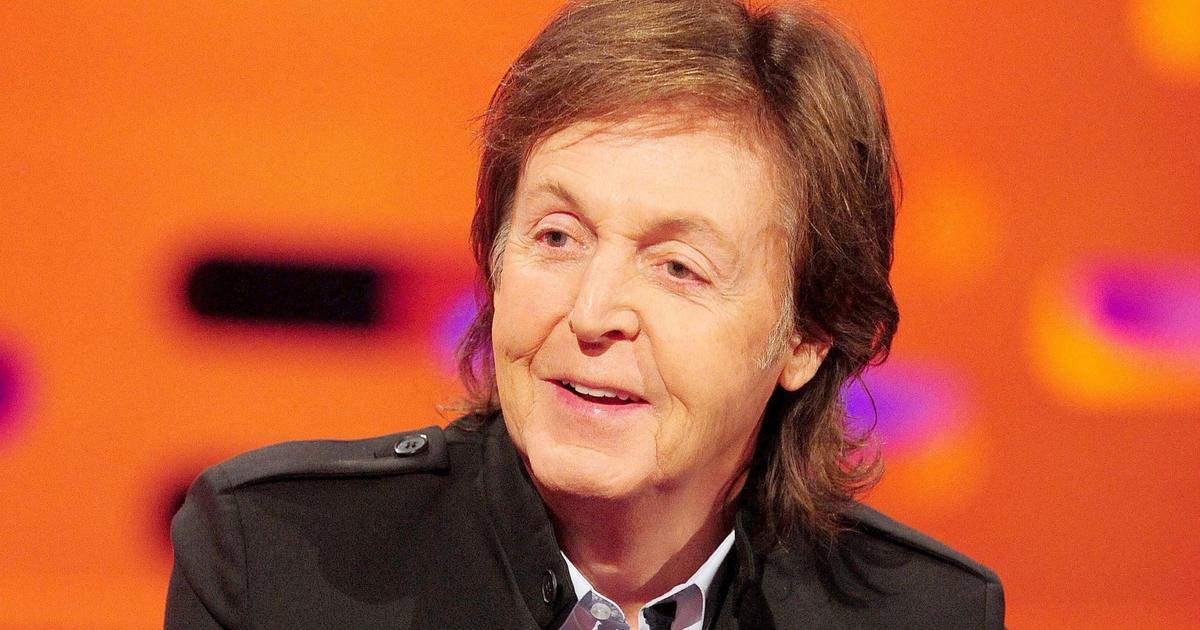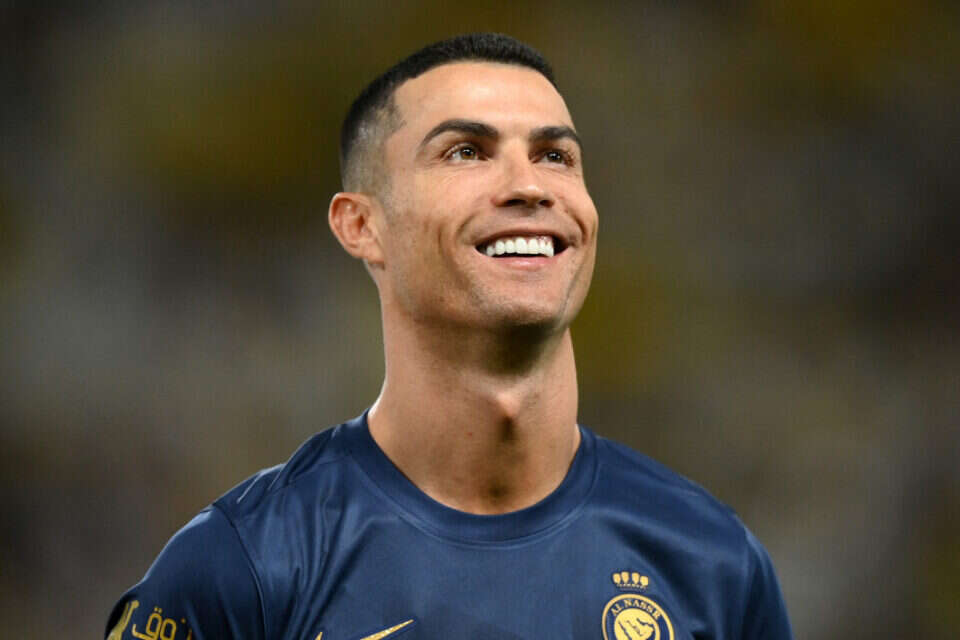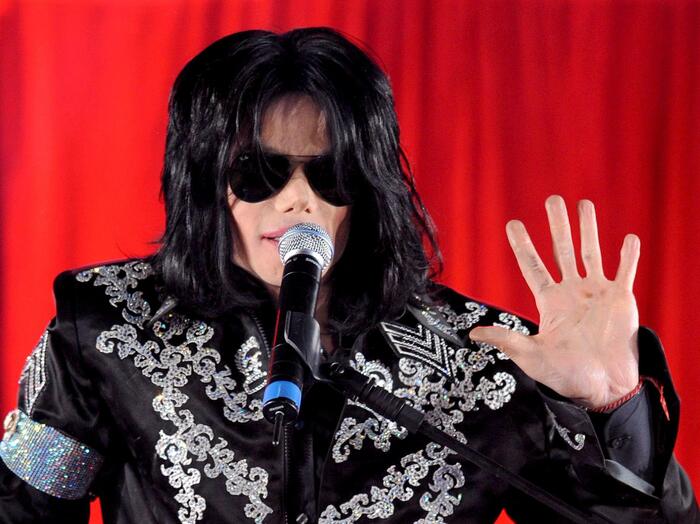Global society
all articles
The path to the village, which should be freed from the scourges of humanity with a lot of money, leads over a piste of reddish gravel, past tall palm trees and spreading mango trees. In between, in the waist-deep grass, are scattered houses made of mudbricks, some with corrugated iron roofs, most of them thatched.
The village Mbola is rather a scattered settlement in the heart of Tanzania. "In the past, Mbola was literally about life and death every day," says Gerson Nyadzi. "This road, through which you reach Mbola today, saves lives."
The village could only be reached on a sandy path, the people had to bike or the few mopeds 13 kilometers through the bush. "Expectant mothers bleed to death on their way to the hospital," says Nyadzi. "Much better in Mbola today." Not just because of the road.
Nyadzi needs to know. For ten years he was the leader of a program that was no less ambitious than developing villages like Mbola in every way.
Christian Werner
The Millennium Villages Project in Tanzania included Mbola and 19 surrounding villages with a total of nearly 40,000 inhabitants
Why are children still dying from curable diseases? Why are millions of people still going to bed hungry? In 2005, Kofi Annan, Secretary-General of the United Nations at that time, and economist Jeffrey Sachs gave a simple answer to these existential questions: the poor lacked money. And they mentioned a specific sum: Between $ 101 and $ 127 per capita per year would bring a huge improvement for the people in villages like Mbola.
Whoever invests this sum over a period of ten years would sustainably improve the lives of billions of people. Such was their premise, which they wanted to review under the Millennium Villages Project (MVP) in 14 selected locations in ten countries in sub-Saharan Africa. The program was intended to demonstrate how poverty can be combated once and for all.
The project was funded by more than 200 institutions, foundations and corporations, including the United Nations World Food Program, Nestlé, Unilever and the Pepsi Foundation. Madonna, Angelina Jolie and Bono promoted the program, Tommy Hilfiger designed their own collection. Stanford professor Eran Bendavid estimates that $ 600 million went into the project.
Can money eliminate structural problems? In Mbola, the balance is mixed four years after the end of the project. It was an ambitious lesson that, while bringing some change, has also raised a number of issues.
Christian Werner
Gerson Nyadzi led the program in Mbola
The project leaders, led by Jeffrey Sachs of the Columbia University's New York City Earth Institute, which oversaw the program's scientific monitoring, published enthusiastic reports calling for the program as a "solution to extreme poverty" and "a solid foundation for sustainable growth." praising. In their final study, published in the medical journal The Lancet in 2018, those responsible emphasized "significant positive effects in the areas of agriculture, nutrition, education, child and maternal health, HIV and malaria, and water and sanitation."
But there was criticism of this melodious analysis. External scientists already demonstrated serious statistical flaws and misinterpretations at the mid-term of the program in 2011: "The lack of evaluation methods makes it impossible to know whether the program has achieved its goals." It lacks data from before the start of the program and comparison groups from villages that were not part of the project.
From the outset, there was even more fundamental criticism: The idea of combating poverty requires a "big push", that is, millions of dollars in investment, giving people in the selected villages a sense of development that was previously conceived at the desk of researchers who lack any relation to reality in the villages.
Christian Werner
Beekeeper Shaban Lusiga, 58: "Most people are back to tobacco"
In Kinyamwezi, the local language, Mbola, the name of the village, means "bee sting". The region is famous for its dark honey. In the past, the inhabitants beat the honeycombs of wild bee colonies out of the trees. As part of the MVP, a beekeeper cooperative was founded, whose members were equipped with bee boxes and protective suits. In the meantime, 196 beekeepers from 360 beehives harvested up to 2,000 liters of honey a year, says beekeeper Shaban Lusiga.
Today only 30 beekeepers and only 20 beehive boxes are left. Many have been stolen, Lusiga says, but most of the wooden crates decay in the muggy air and are eaten away by termites. Lusiga complains that it has been difficult to establish a functioning trade chain to bring honey from the bush to lucrative markets.
An example of failed investments by the MVP in Mbola: despite the interest of the local population, the sale of honey failed on a large scale - conceived by the project managers, but apparently without sufficient consideration of local conditions. Imker Lusiga now sells his honey again as before in small boiled liquor bottles on the roadside.
Christian Werner
Tobacco maker Omari Jumanne Dengu
Over Omari Jumanne Dengu's head hang thousands of light brown leaves, like a colony of sleeping bats. The door of his mudbrick box is blackened by the fire. Dengu hangs his tobacco crop for fermentation. Half of his life, the 47-year-old builds tobacco. The nicotine-rich leaves in Mbola are both a curse and a blessing: the Virginia tobacco farmers grow is an ecological catastrophe. Because to ferment the leaves with a smoky aroma, the farmers have to dry them over an open fire. For this they are clearing the woods.
The farmers sell their harvest to the tobacco wholesaler Alliance One or directly to the cigarette manufacturer Japan Tobacco International. "The tobacco companies were skeptical when we wanted to involve them at the beginning of the project," recalls Gerson Nyadzi, the former project manager. "They were afraid to lose their farmers."
Christian Werner
Aisha Bahari, 35, on her way to the water pump
In fact, the project managers tried to make alternatives to tobacco palatable to the farmers, such as sunflower seeds for cooking oil. But as with honey, it was difficult to build retail chains for the new products, says Nyadzi.
Instead, many tobacco growers such as Omari Dengu have been equipped with an improved fermentation furnace in which they can burn smaller branches rather than entire tree trunks. That protects the forests. In addition, tobacco growers have pledged to plant 55 new trees per hectare every year for reforestation. Punctual intervention rather than complete change - the example of more efficient tobacco ovens shows that it may not be a big hit just to give impetus to improvements.
Especially since tobacco is the most important crop in the region, no other crop brings farmers more income so far. "Last year, I made about eight million shillings on my two and a half hectares of land," says tobacco farmer Dengu. That's the equivalent of just over 3000 euros for his family of twelve. A lot of money in this area. "But does tobacco make the farmers rich?" Asks Nyadzi. "Look at the houses, the people live poorly, the tobacco business is insecure, prices vary from year to year, the economy has to be diversified, the farmers can not just grow tobacco."
Christian Werner
Hamsa Martin Singa (background) has given up tobacco farming. Instead, he and his son pull seedlings that they sell to plantations in the area
One who shows how it could work without tobacco is Hamsa Martin Singa. Since he gave up tobacco, he pulls saplings of orange, lemon and mango trees next to his house, which he sells to orchards in the area. Some of the mosquito nets, which were distributed by the thousands in the project, have singa stretched over his bed of vegetables over his bed in which he breeds chilies. So he protects his seedlings from pests instead of his family from malaria.
On the edge of his farm, he grows corn, which he pounded into mush. "Thanks to the fertilizer and seeds we got from the project, we can harvest a lot more corn," says Singa.
Companies such as Monsanto, which also participated in the MVP, brought their seeds and fertilizers to Mbola as part of the project - free for the first year. Such campaigns are in the criticism, because the farmers do not replicate the seed as usual for the coming season and so can depend on the agricultural companies.
Christian Werner
At one of six pumps created during the program, Aisha Bahari fetched water for her family
But farmer Singa was convinced and bought the new seeds again in the second year. "Hunger is history here." Criticism of the market power of large agrarian corporations is alien to the farmers in Mbola. She is interested in how they can harvest as much food as possible on their usually few hectares of small fields. Whether the new varieties will prove themselves in the long term will be seen, says Bauer Singa. At the moment he only has one problem: "There is still no cell phone reception in the village."
"In the past, people in Mbola were constantly ill because they drank filthy water from open water points where they also soaked their goats and cattle," recalls Damian Cleopa Kindole. The 37-year-old manages the small clinic in Mbola, which was built with funds from the 2009 MVP. Since then, they have been able to detect malaria pathogens under the microscope directly on site. Together with a midwife who cared for 268 births last year and a colleague riding a motorcycle as an ambulance over the surrounding villages, Kindole supplies 2300 patients.
However, since the project expired four years ago, eight of the formerly eleven employees have disappeared. "The government could no longer pay the salaries of hospital staff previously funded by the MVP," says Kindole. Most nurses and doctors have moved to the cities, where they now work in private clinics or for NGOs, he says.
Christian Werner
Clinic director Damian Cleopa Kindole and midwife Restitua Karele supply 2300 people with a team of three physicians
Nevertheless, the project had long-term successes: Above all, the campaigns on contraception and family planning, malaria prevention and education on hygiene measures had paid off. "Child mortality has dropped dramatically."
A similarly positive conclusion in 2018 was that of the renowned professor of medicine Eran Bendavid of the University of Stanford, who considers the Millennium Villages Project to be particularly successful in the field of medical care: "The clearest evidence of the benefits of the investments is the improved health care for mothers and the overall improved health. "
How much of these successes remain in the long term, is questionable, says Nyadzi: "The project has shown in some areas, which improvements with very little money are possible." But: "Since the project has run out, much of this money is missing."
This article is part of the project Global Society, for which our reporters report from four continents. The project is long-term and supported by the Bill & Melinda Gates Foundation.
What is the project Global Society?
Under the title Global Society, reporters from Asia, Africa, Latin America and Europe will be reporting on injustices in a globalized world, socio-political challenges and sustainable development. The reportages, analyzes, photo galleries, videos and podcasts appear in the Politics Department of SPIEGEL. The project is long-term and will be supported over three years by the Bill & Melinda Gates Foundation (BMGF).
Are the journalistic contents independent of the foundation?
Yes. The editorial content is created without the influence of the Gates Foundation.
Do other media have similar projects?
Yes. Major European media such as "The Guardian" and "El País" have created similar sections on their news pages with "Global Development" or "Planeta Futuro" with the support of the Gates Foundation.
Was there already similar projects at SPIEGEL ONLINE?
SPIEGEL ONLINE has already implemented two projects in recent years with the European Journalism Center (EJC) and the support of the Bill & Melinda Gates Foundation: The "Expedition The Day After tomorrow" on Global Sustainability Goals and the journalistic refugee project "The New Arrivals" Several award-winning multimedia reports on the topics of migration and escape have emerged.
Where can I find all the publications on the Global Society?
The pieces can be found at SPIEGEL ONLINE on the topic page Global Society.









